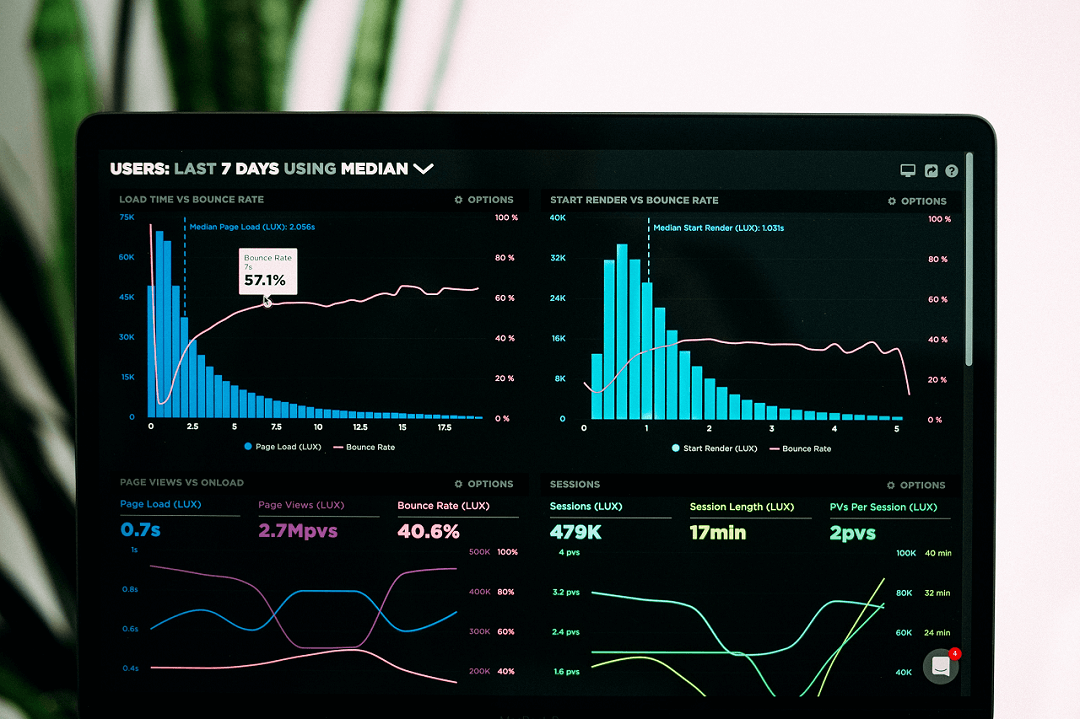CPG brands invest a lot of resources and money into their marketing campaigns. It’s only natural that they try to measure the effectiveness of these endeavors. Sales and profit shifts are the obvious and easy metrics to track, but these shifts could also be impacted by other factors like seasonality, weather and other unexpected events, so there’s much more information to be uncovered. Not all marketing methods are created equally when it comes to collecting high-quality metrics and data.
What Can Be Measured?
First, brands must understand what information their current data collection methods can reveal. What can be measured? For metrics that brands cannot measure, are there ways to collect that information with the established marketing methods?
Traditional Television, Radio, and Print Marketing
Most CPG marketing techniques involve casting broad nets to reach a large variety of potential customers through traditional marketing methods. Television, radio, billboards, and print ads don’t provide methods for collecting useful high-quality data. These advertising mediums are great for brand awareness and new customer acquisition, but provide no capabilities to distinguish between new or existing customers.
Influencer Marketing
Brands also target specific audiences by collaborating with certain influencers within their niche. 51% of consumers report making a purchase thanks to promotion from an influencer, so this can be a great method to improve conversion rates and earn new customers. For example, a sugar brand may collaborate with a micro-influencer that produces baking content and recipes. Usually an influencer is required to share a link, from which brands can collect engagement information and measure cost per acquisition and conversion rate.
Digital Marketing
Thanks to the nature of the internet, digital marketing provides many more opportunities for brands to collect various metrics like cost per click, conversation rate, average session duration, impressions, and bounce rate. Tools like Google Analytics are popular for measuring and analyzing these metrics.
What Data Is Missing?
Digital ads and influencer marketing provide a few key metrics, but don’t collect information on verifiable customers. In other words, when a prospective customer clicks on an ad and decides to make a purchase, the connection often ends there. In the best case scenario for the brand, the customer will decide to create an account on their website, providing their email, so the brand can use targeting email marketing. This level of connection is a positive step forward, however, there’s no way to measure if that customer actually consumes the product or decides to purchase more products after the initial purchase. The fundamental issue is that CPG brands lack a way to directly connect to the end consumers, and first-hand consumer behavior information is always a challenge to get.
Abrio’s Verified Customer Connections and Real-Time Data
Abrio resolves the challenges of capturing verifiable customer information in its solution. With strategically placed product item-level QR codes, brands gain visibility in this important area.
Abrio’s QR codes are placed inside the packaging, so the code is only revealed once the product is purchased and opened. This means the brand knows that the data collected is from an actual customer. Each code is unique to that specific unit so brands can also measure the number of products a specific customer has consumed, once the customer is successfully connected to a campaign or a loyalty program.
The first-hand real-time data provided is invaluable to understanding the behaviors of real customers. The collected data reveals information that can be leveraged into actionable business insights:
- Number of customers participating by scanning Abrio’s QR code
- Which rewards are more preferable to the consumers
- Number of repeat purchases by a specific customer
- Location, products, frequency, and time of consumption
- Production to consumption cycle time
With this added ability to collect real-customer data and foster a relationship with verifiable customers, brands can create targeted marketing campaigns aimed explicitly at these established customers. Creating a sense of brand loyalty and rewarding customers accordingly can increase profits in a way that sales, coupons, and generalized marketing could only hope to accomplish.
Read more on this topic with our blog ‘CPG Marketing Limitations’.

